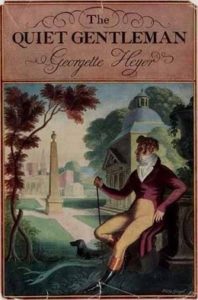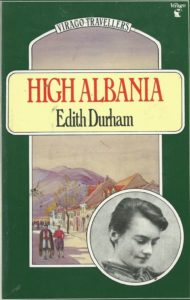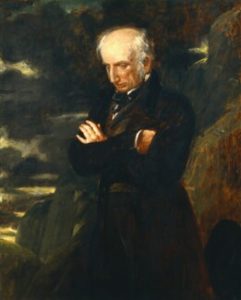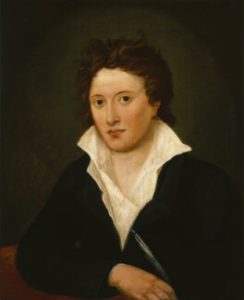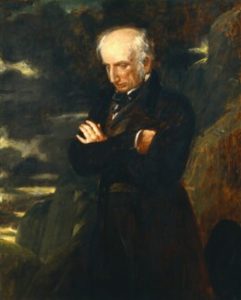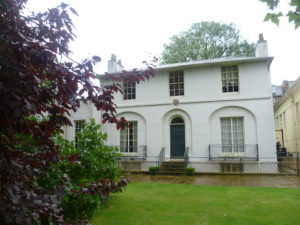March 17th is St Patrick’s Day, the patron saint of Ireland and, this week, I’m looking at a couple of places in Northern Ireland which he visited. St Patrick, whose family was Romano-British, was born in about AD 370, somewhere in Western England between the Severn and the Clyde. His father, a Christian, was a man of some standing in his community and owned a small estate. When he was about sixteen, Patrick was captured by pirates, taken to Ireland, sold as a slave and became a shepherd. Six years later, he escaped and, eventually, found a ship to take him home.

St Patrick’s Protestant Cathedral, Downpatrick. The poet John Betjeman declared it Britain’s loveliest small cathedral.
Continue reading In the Footsteps of St Patrick
Please share this page...
